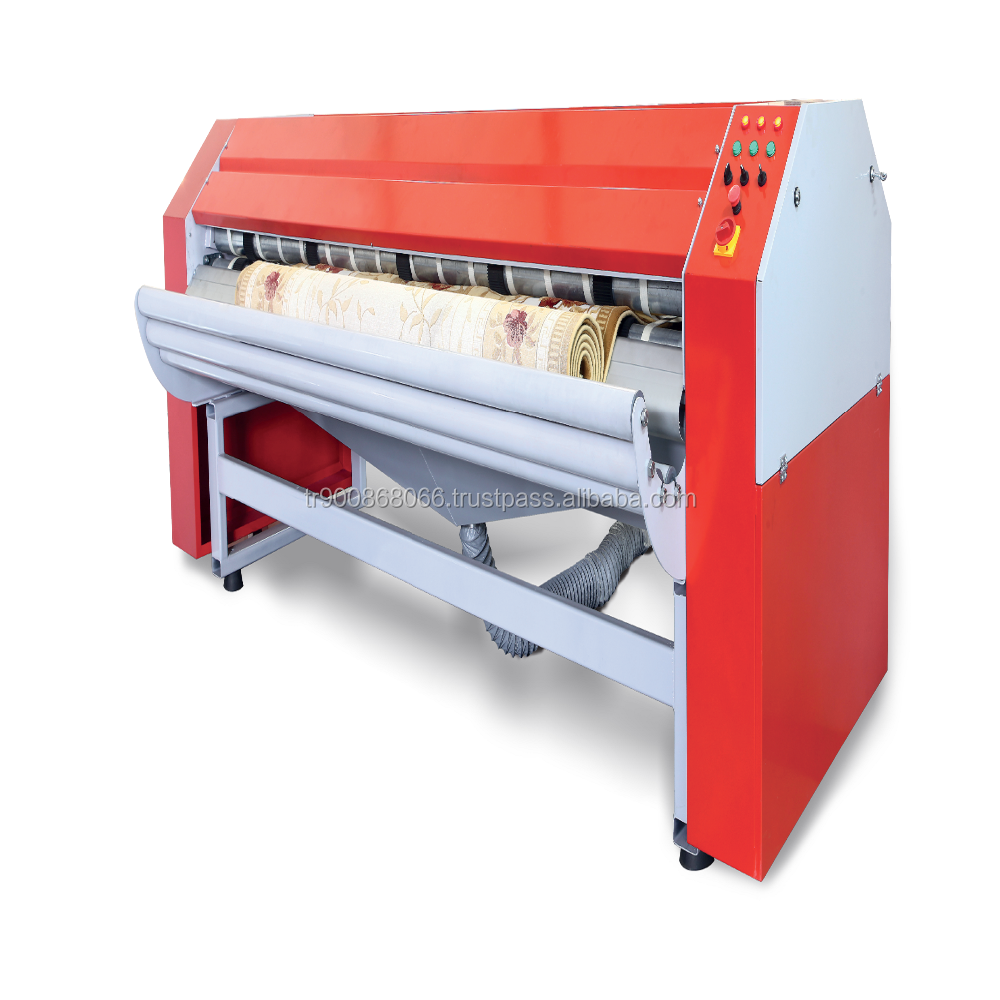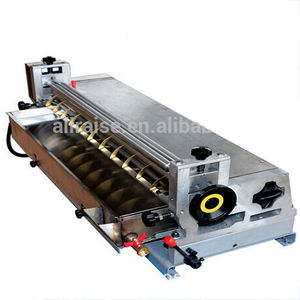The Evolution of the Carpet Machine: From Traditional to Modern
The evolution of the carpet machine has transformed significantly from traditional to modern. The traditional carpet machine, which was primarily used for weaving, was often bulky and difficult to use. However, with the advent of technology, the carpet machine has undergone significant advancements, becoming more efficient and easier to operate.Modern carpet machines, such as the ones used by Tufan Carpets, are highly automated and use a variety of techniques to create beautiful, unique designs. These machines, which are often computer-operated, can produce intricate patterns and designs that were not possible with traditional machines. As a result, modern carpet machines have made it easier than ever before for individuals to create their own custom-made carpets.The transformation of the carpet machine from traditional to modern has been significant. While traditional machines were limited in their ability to create complex designs, modern machines have transformed the industry, providing a more efficient and accessible way to create beautiful, custom-made carpets.
Carpets have always been a significant aspect of interior decoration, offering both aesthetic appeal and functionality. However, the process of carpet making has undergone significant transformation over the years, evolving from traditional techniques to modern, mechanized production methods. In this article, we will explore the history and evolution of the carpet machine, examining how this vital tool has transformed the carpet industry.

The traditional method of carpet making dates back centuries, with the earliest examples of hand-woven carpets originating from Persia, China, and India. These early carpets were made using simple tools and techniques that required significant manual labor. Over time, however, carpet makers began to develop more advanced tools and machines that could automate some of the more repetitive and time-consuming tasks.
One of the earliest examples of a carpet machine is the loom, which allowed for the mass production of woven fabrics. By the 18th century, looms had become so advanced that they could produce carpets with intricate patterns and designs. However, these early looms still required a great deal of manual labor, as weavers had to manually operate the machine and monitor the process.
It wasn't until the late 19th and early 20th centuries that significant advancements in carpet technology began to emerge. One of the most significant developments was the invention of the automatic carpet weaving machine, which could be programmed to produce a wide range of different patterns and designs without requiring manual operation. This machine revolutionized the carpet industry, significantly reducing the time and labor required to produce a high-quality carpet.

Over the following decades, carpet machines continued to evolve, becoming increasingly automated and sophisticated. By the 1970s, fully automated carpet weaving machines had been developed that could produce high-quality carpets without any manual intervention. These machines used advanced computer technology to control the weaving process, allowing for precise control over the position and color of each individual thread.
In recent years, further advancements in technology have continued to push the boundaries of carpet making. One of the most significant developments has been the emergence of 3D printing technology, which allows for the production of customized, one-of-a-kind carpets that cannot be produced using traditional methods. This technology offers significant potential for the future of the carpet industry, allowing for the creation of carpets that are not only highly functional but also artistically innovative.
In conclusion, the evolution of the carpet machine has been a significant factor in transforming the carpet industry from a labor-intensive craft into a highly automated and industrialized process. From its earliest beginnings in Persia, China, and India to the modern mechanized production methods of today, the carpet machine has played a crucial role in shaping the industry we know today. With further advancements in technology on the horizon, it will be exciting to see how the carpet machine continues to evolve and what new possibilities it will bring in the future.

Articles related to the knowledge points of this article:
Title: Mastering the Art of Wearing a Tie: A Comprehensive Guide to Tying a Tie Perfectly
Feathered jackets for children: the ultimate winter wardrobe essential
Title: Mastering the Art of Tie Knotting: A Comprehensive Guide to Tying a Perfect Bow
Title: Mastering the Art of Tie Knotting: A Guide to银行 Tie Knotting for Men
Title: Unlocking the Perfect Tie Length: A Guide to Sizing Up Your Style
Title: A Rose in a Silk Scarf: A Tale of Beauty, 优雅 and Elegance



